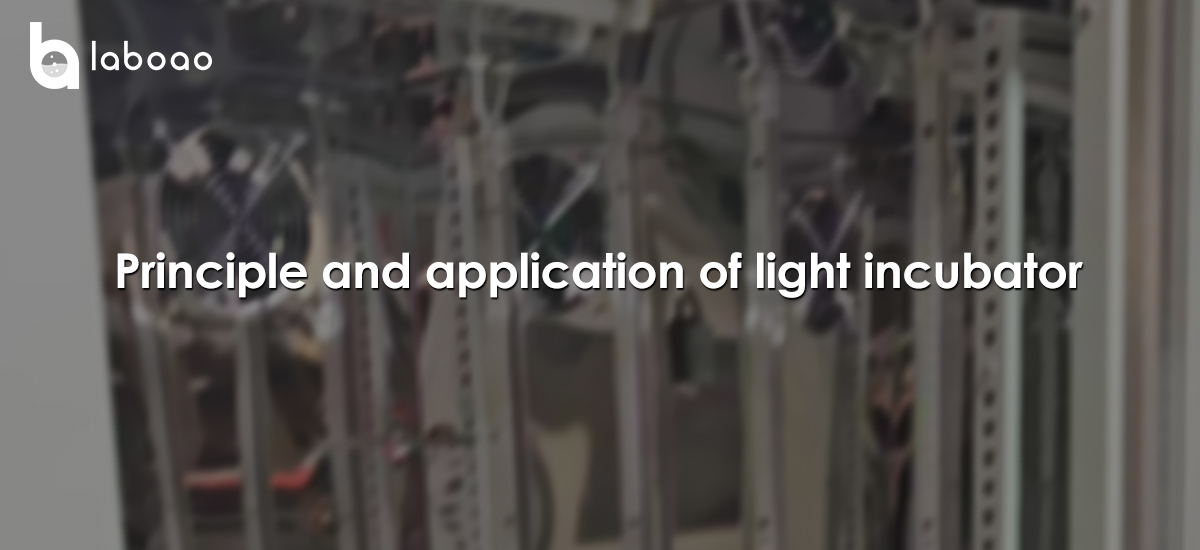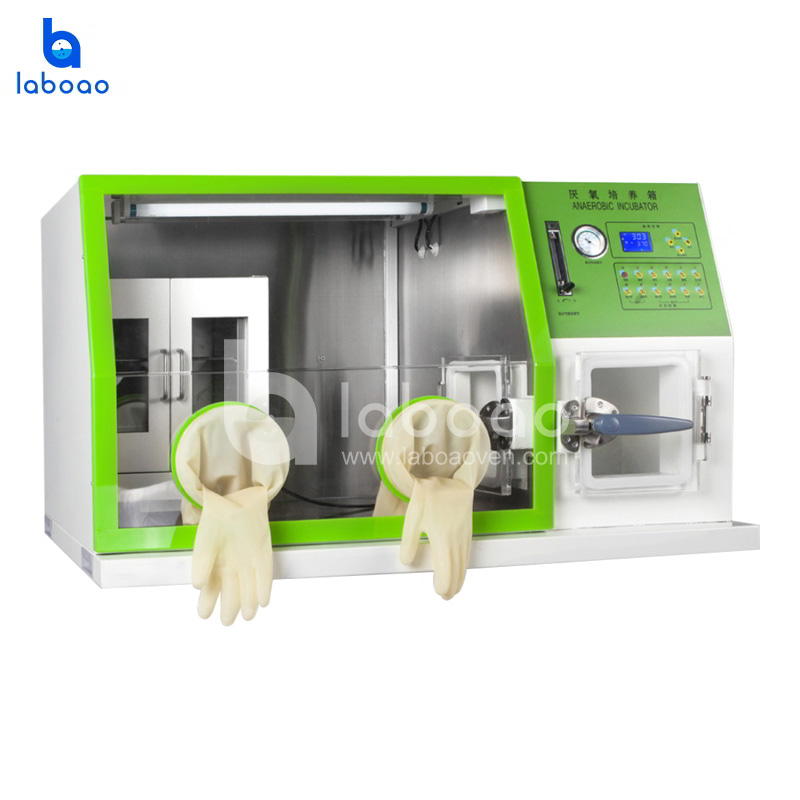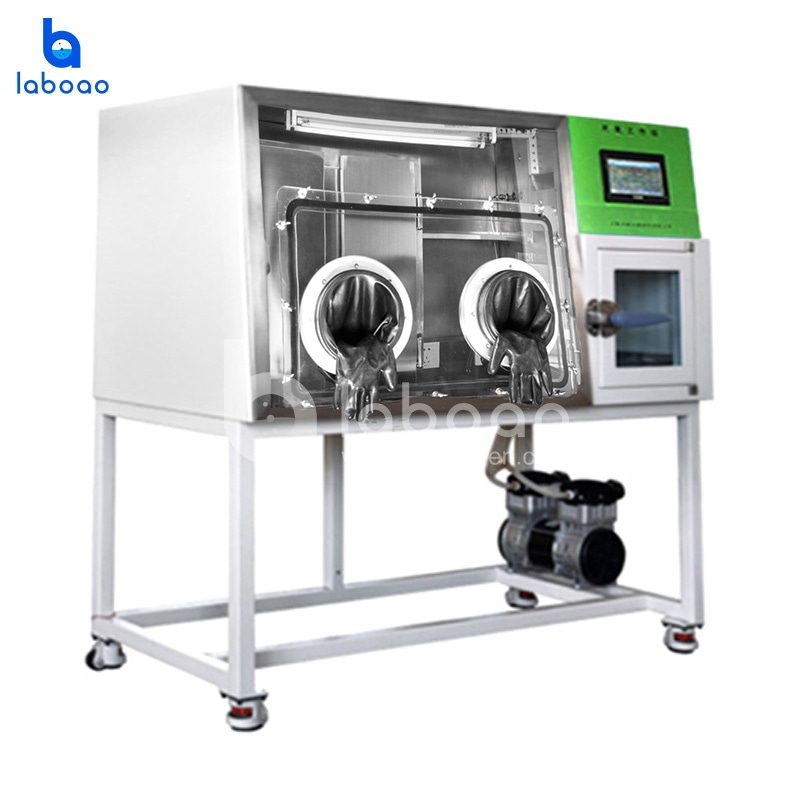
1. Working principle of light incubator
The core function of light incubator is to provide an ideal growth environment for plants, microorganisms and other organisms by simulating the light, temperature and humidity conditions in the natural environment.
(1) Lighting system:
The lighting system of the light incubator usually uses high-efficiency light sources such as LED or fluorescent lamps, which can simulate the natural daylight spectrum and provide appropriate light intensity and cycle. Users can adjust the light intensity and time according to experimental needs to simulate day and night changes.
(2) Temperature and humidity control system:
Through temperature sensors and humidity sensors, the light incubator can monitor the environment in the box in real time, and automatically adjust heating, humidification and other equipment according to preset parameters to ensure that the temperature and humidity remain within the set range.
(3) Intelligent control system
Modern light incubators are equipped with microcomputer automatic control systems, which support multi-stage programming control and can set different light, temperature and humidity parameters to meet the needs of different biological growth stages.
2. Application of light incubators
Light incubators have a wide range of applications in many fields, especially in botanical and microbiological research.
(1) Plant culture
Light incubators can be used for seed germination, plant growth and photosynthesis research. By precisely controlling light and environmental conditions, researchers can observe changes in plant germination rate, growth rate and photosynthetic products under different light conditions. For example, in a study, light incubators were used to explore the effects of different light intensities on plant photosynthesis efficiency. The results showed that light intensity significantly affected the types and content of photosynthetic products.
(2) Microbial culture
Light incubators are also important in microbial culture, such as for the cultivation of bacteria and molds and metabolite research. By simulating the natural environment, light culture can promote the growth and reproduction of microorganisms, while providing stable experimental conditions for microbiological research.
(3) Education and scientific research
In the field of education, light incubators are ideal equipment for professional laboratories such as biology and agronomy. They provide students with an intuitive experimental platform and help cultivate their practical ability and scientific research interests.
3. Operation and precautions of light incubators
(1) Operation steps:
Inspect the equipment: Make sure that the power supply meets the equipment requirements and the line connection is correct.
Parameter setting: Set the light, temperature and humidity parameters according to the experimental requirements.
Sample placement: Place the organisms to be cultured in the incubator to ensure that they are evenly exposed to light.
(2) Precautions:
Culture medium preparation: Ensure that the culture medium composition is appropriate and sterile to avoid contamination.
Environmental control: Maintain constant temperature and humidity to avoid the impact of environmental fluctuations on experimental results.
Regular maintenance: Clean the inside of the incubator regularly and check the performance of the light source and sensor.
(3) Common problems and solutions:
Uneven light: Check whether the light source is damaged or improperly installed, and replace the light source if necessary.
Temperature fluctuation: Check whether the temperature control system is working properly and ensure good ventilation.
4. Summary
As a multifunctional laboratory equipment, the light incubator provides an ideal growth environment for organisms such as plants and microorganisms by precisely controlling light, temperature and humidity conditions. It has a wide range of applications in botany, microbiology, education and scientific research, and can significantly improve the accuracy and repeatability of experiments. By mastering the correct operating methods and precautions, researchers can make full use of the performance of the light incubator and provide strong support for research in related fields.


